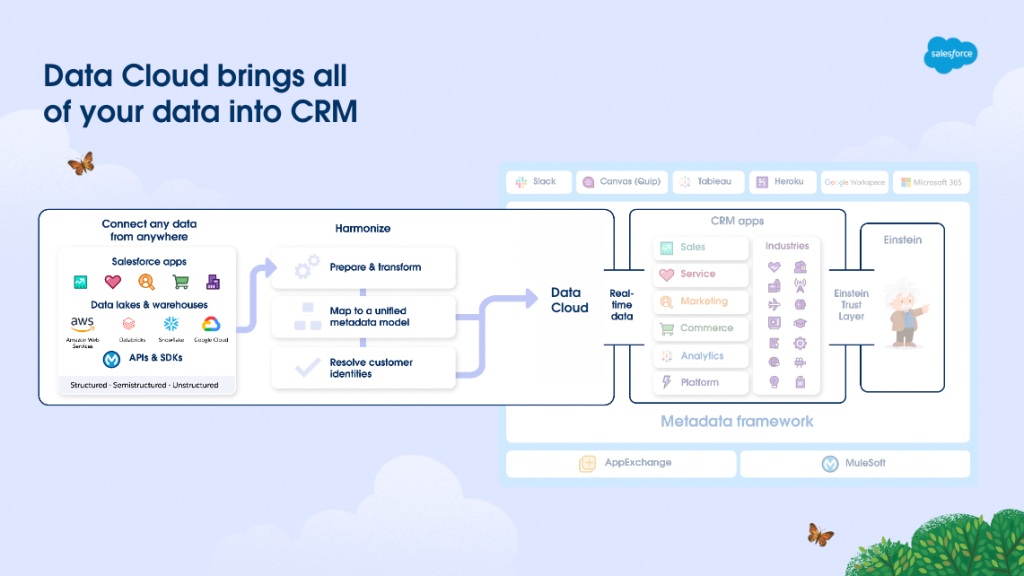
The educational landscape is rapidly evolving due to advancements in technology, shifting student interests, and broader political and societal influences. Universities are also witnessing a steady rise in international student applications. Additionally, the adoption of online and hybrid learning programs has expanded globally, enabling more accessible and flexible education. In recent years, digital platforms offering remote learning have gained significant traction. Meanwhile, modern students and their families increasingly expect institutions to prepare graduates for a competitive job market.
As the focus shifts toward AI-driven digital transformation, data has become a powerful tool for educational institutions to navigate a complex and competitive environment. Rather than relying on intuition, universities are turning to data insights to make strategic decisions that enhance operational efficiency, improve student experiences, and drive retention and success.
Throughout the student lifecycle—from being a prospective applicant to becoming an alumnus—institutions gather key data at various stages, including:
Accurate, complete, and well-structured data is essential for making informed decisions. Let’s explore why efficiency is so important.

As instructors and advisors work to support students, organizing and analyzing collected data helps identify goals, challenges, and patterns among both learners and their families. This empowers educators to optimize course offerings, allocate resources effectively, and enhance the learning journey.
However, student data is often collected from diverse sources, stored in different formats, and scattered across multiple systems. To derive meaningful insights, this data must be consolidated and structured appropriately.
Equally important is gathering the right data. By clearly defining business needs and outcomes, institutions can identify key data elements that support decision-making.

When multiple departments interact with student data, proper sharing becomes vital. However, with great data comes great responsibility.
Protecting student data through strict security measures and access controls is non-negotiable. Institutions must be well-versed in local data privacy regulations and ensure that data access is limited to authorized personnel only.
While it's essential that key staff members can access the information they need to support students, it's equally important to restrict access to sensitive or irrelevant data. Regular staff training on data privacy further helps prevent security breaches and ensures compliance.
Predictive analytics involves using historical data to forecast future trends and behaviors. For example, by tracking metrics such as attendance, participation, and engagement, institutions can proactively identify students at risk of dropping out. Early intervention from advisors can then boost retention rates.
Similarly, predictive analytics can reveal learning preferences and behavioral patterns, enabling the creation of personalized learning experiences to increase student engagement. It can also streamline the enrollment process and offer tailored course recommendations.
Key Benefits of Predictive Analytics in Education:
A Customer Relationship Management (CRM) system in higher education serves as a centralized platform for capturing and analyzing student data, allowing institutions to deliver personalized support.
One powerful example is Salesforce Education Cloud, which is purpose-built for universities and EdTech organizations. Coupled with Experience Cloud, it enables student self-service portals that enhance engagement.
Education Cloud integrates seamlessly with Learning Management Systems (LMS), finance systems, and other campus technologies. With automation features, tasks such as case creation from student portals and automatic notifications to staff can significantly streamline processes and improve student experiences.
When combined with Salesforce Data Cloud and Agentforce AI, the platform becomes a comprehensive ecosystem that drives truly data-informed institutional growth.
